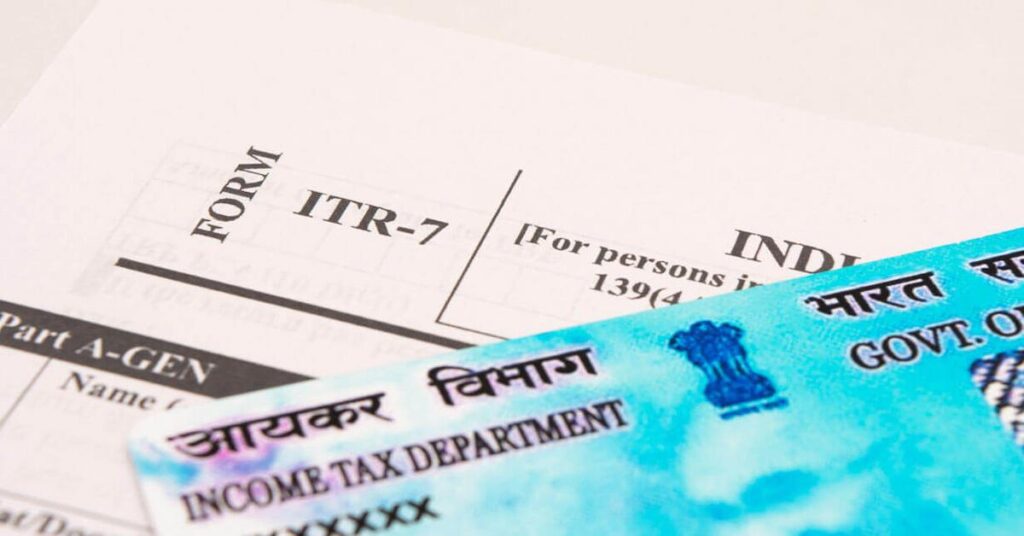Introduction
There are many ways by which, Tax Saving an individual or a family falling into any tax slab can reduce their taxable income in the Indian tax system. Several financial institutions enable one to save their taxes. They are called tax-saving instruments.
These tax-saving instruments with the proper planning by a financial planner/advisor can allow for deductions under various sections of the Indian Tax Act. An individual or group of individuals can save taxes amounting to Rs 1.5 lakh annually.


Common types of tax saving methods in India
The tax benefits available on such investments generally mean that their potential for returns higher than the market averages is low. Broadly speaking, here are a few common types of tax-saving methods in India,
1. Tax-saving investments: There are various options available for tax-saving investments that allow for a deduction of up to Rs. 1.5 lakh under section 80C of the Income Tax Act of India. The returns on these tax-saving investments generally depend on market trends. These investments are:
•Equity Linked Insurance plans(ELSS)
• Unit-linked Insurance Plans(ULIPS)
•Public Provident funds(PPF)
•Employees’ provident fund(EPF)
•Insurance plans
•National Saving Certificates(NSC)
•Sukanya Samriddhi yojana
•National Pension Scheme(NPS)
•Senior Citizens’ Saving Scheme
•Fixed deposits
I am sure you are enjoying the content and we are here to help you more on personal finance. Read for more information on how to unleash your financial mindset. https://blog.crisscrosstamizh.in/smart-personal-finance-management-tips-to-apply-today/
Criss Cross Tamizh News
2. Education loans: The principal amount is not exempted under the Indian Tax system but the interest repaid on education loans is totally exempted.
3. Exemptions for long-term Capital Gains: If an individual sells a long-term asset and reinvests the income in tax-saving instruments such as those mentioned above may be entitled to claim deductions and reduce the capital gains tax levied on them. The asset must be owned by the seller for at least 3 years of time.
4. Charitable donations: Charitable donations to various entities such as NGOs, relief funds, political parties, Clean Ganga Fund, etcetera are available for deductions between 50% to 100% under section 80G of the Indian tax act.
5. Home loans: An individual or a group of individuals can benefit from both the principal amount and interest after taking a home loan. A home loan is deductible under section 80C of the Indian Tax Act.
6. Deductions on Expenses: Some expenses made either for or by your employees are tax deductible. some various expenses may include transport fees, phone bills, and some medical and personality development expenses. These types of tax-saving methods may not be applicable to all and are subject to various conditions.
7. House rent allowances: House rent allowances provided by the employer to the employee are deductible. House rent allowance of up to 40% to 50% of the basic salary is deductible.
Conclusion
There are several financial instruments available to save taxes. With the help of a financial planner/advisor, an individual or a group of individuals can save a good amount of money. There are plenty of tax-saving instruments and with the right choice according to your personal finances, one can save taxes. These instruments help in money management. Tax planning can be performed alone or with the help of an expert on the matter.
These types of tax-saving instruments if applied properly can save you a good amount of money which can be used for other important purposes. The saved money can be invested and can yield good returns in the long run. One thing to keep in mind while looking for tax savings is, that you must have a thorough knowledge of the various sections of the Indian tax system and various financial instruments.
